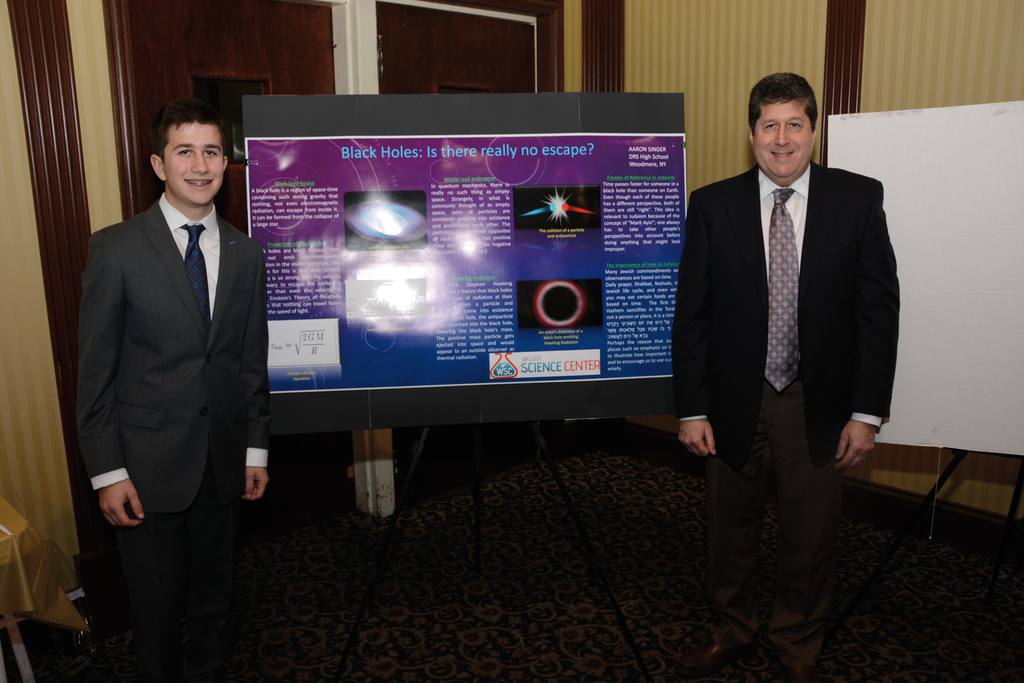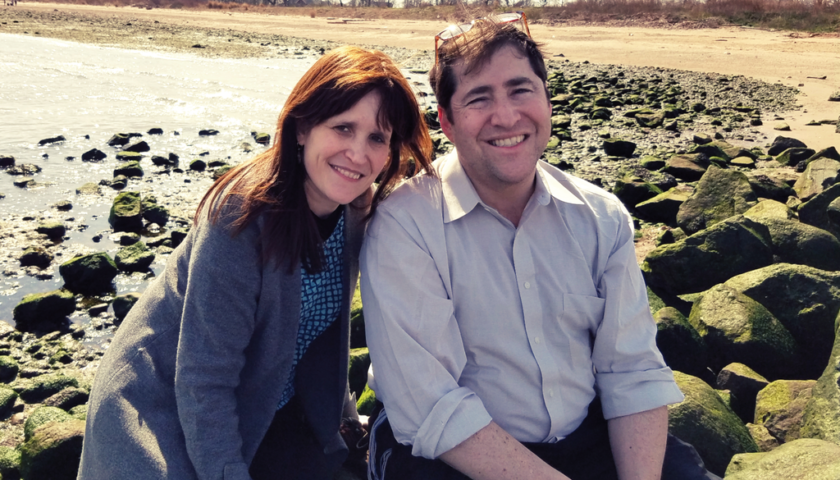An opportunity for Jewish high school students around the world to pit their wits against each other and stand the chance to win some amazing prizes
By Ilan Preskovsky
As if created just to prove how compatible science and Judaism truly are, the Walder Science Center is largely aimed at giving kids, teenagers, and college students in the Chicago area an extracurricular resource to more fully explore and engage with science through “a prism of Jewish values”.
The centre was established in 2000 by Dr Joseph Walder as the Martin and Gertrude Science Laboratory and Learning Centre for the Educational Outreach Department of its first sponsor, Integrated DNA Technologies, Inc. (IDT), but has since become better known by the far snappier nom de plume of the Walder Science Center. Whatever its name, though, the centre has more than lived up to its initial promise with a selection of exciting courses and programmes, including those aimed at adults and those specifically geared for schools to incorporate in their classrooms and as after-school activities.
Perhaps most exciting of all, though, is the Jerusalem Science Contest. Established in conjunction with IDT and the Jerusalem College of Technology (now the Lev Academic Center), the contest gives high school students with an aptitude for the sciences a chance to win cash prizes and, for the first-place winners, a 10-day trip to Israel – all in the name of cultivating their already blooming abilities and interest in science. What started as a small Chicago-based competition has become a highly prestigious and competitive international battle of the minds between Jewish teenagers throughout the world.
The exact nature of the competition varies from year to year, both in terms of procedure and the general topic but, in essence, high school students (the equivalent of our 11th and 12th graders, though occasionally a year or two younger in special cases) compete by completing a series of tests administered throughout the winter months, a final exam, and a research project that they need to complete in a month. The 2017-2018 competition, specifically, deals with the subject of Nanotechnology and each of the tests and the research projects are about this exciting and challenging scientific field. Each test also includes a 25% Judaic component with the research project requiring the participant to explore the Jewish connection to the scientific side of his research.
It’s an extremely challenging and demanding competition that combines a rigorous understanding of the scientific process and Judaism, as well as the imagination and depth to connect the two. Science studies include a set textbook (in this case: Nanotechnology for Dummies 2nd Edition) and a series of video lectures on a number of different topics relating to technology. For the Judaic side of the competition, separate video lectures need to be viewed, including instructions for how the lecturer researched his subject. This only further solidifies the link between Judaism and science by illustrating the similarities in learning and research methodologies between the two – as well as the differences that set them apart.
Finally, with the tests completed and the research project presented, the participant’s overall score is calculated and the prizes are awarded accordingly. All participants who reach certain score levels are awarded cash prizes according to their particular level. The top four or five overall runners-up are awarded either a trip to Israel or, if for some reason they can’t go, their own cash prizes. The overall winner, though, gets a trip to Israel, as well as $1000 and, the grand prize, a 4-Year JCT Lev Academic Center Tuition Scholarship. The top 5 finalists are all invited to present their research projects at a banquet held in their honour in Chicago.
A Holy Land, A Tech Heaven
The finalists’ prize of a trip to Israel is, of course, more than just a fun reward for their hard work, but is the perfect and climactic conclusion to what they spent so much of their free time working on over the course of several months. If the Jerusalem Science Project is all about instilling the connection between science and religion in those that participate in it, the State of Israel is the irrefutable proof and living embodiment of this concept.
Of all the marvels and wonders of the modern State of Israel, perhaps nothing (aside for its very existence) is greater than the fact that this near-nascent country, founded on a land that had been occupied by every Empire under the sun for some 2000 years by a people who had just underwent nothing less than a holocaust, is now one of the greatest technological and scientific hubs in the world. From agriculture to computing to defence systems to medical technology, there are very few countries that come close to competing with Israel when it comes to life-changing scientific and technological discoveries and innovations.
Through a combination of tourism, lectures by leaders of their fields, and an association with a university that stresses both religious and scientific excellence, the youth who win this competition get a first-hand look at this phenomenon in action. They already learned it just by competing, but seeing it action in the Jewish State drives it home. As Rabbi Heschel Weiner, the Walder Science Center director who runs the programme, puts it: “For me, the concept of ‘From Zion will come forth Torah’ is not just the Torah itself. The word Torah means ‘teaching’, as in everything. It includes the moral, ethical, and religious, but it also means teaching in every aspect of life: economics, science, etc. The Jewish State should be a light unto the nations, and science is a pretty good place to start.”
Applying as a South African.
For South African high school students wanting to compete, the requirements are much the same as for US students, but with one or two small changes. For a start, while Northern Hemisphere students compete during their winter months of September to February, this period falls during our summer months, including summer holidays. So, while Australians and South Africans would compete at the same time as those in the UK or the US, the arrangers of the contest go through a lot of trouble to work around the holidays and allow Southern Hemisphere contestants a chance to have a break between two demanding school years. This also means that the age of participants in the Southern Hemisphere is slightly younger – grades 10 and 11, rather than 11 and 12 – as the competition falls during final exams for our matric students.
Beyond this change though, South Africans compete in exactly the same way as their overseas counterparts. Registration costs US $85, which must be paid by the end of October, so that does mean that students can try out the competition for the first month or so by watching the first lecture, reading the initial material, and taking the first test. After the first test is taken, though, and the student decides to proceed with the contest, payment must be made before the end of October in order to carry on.
Crucially, the participant must find a “proctor” before starting to participate in the competition. This is usually a science teacher or other member of the school’s staff who will administer the tests with academic integrity. Check with your school if they have already appointed a proctor or get one of your teachers to apply to become one (they are paid for their time) by submitting forms available at the Walder Science Center’s website. Appointing a proctor is presumably somewhat more time consuming here than in the United States, where many schools already work with the programme, but they do make it as easy as possible to do so. Just remember to give yourself time to set this up.
Beyond this, participating in the contest is remarkably straightforward, considering we live half a world away from where it originated. An internet connection is highly recommended to access the online materials, but they can be sent by post in DVD format – though, of course, this does mean you need to apply very early. Otherwise, it’s as simple as reading and watching the assigned material and then taking the test under the supervision of the designated proctor, who receives and submits the test at set times. Even the text book, Nanotechnology for Dummies 2nd Edition, is available through Amazon or, better yet, local online retailers (at the time of writing, it was available locally for approximately R300).
For more details, visit http://walderlab.org/contest/




